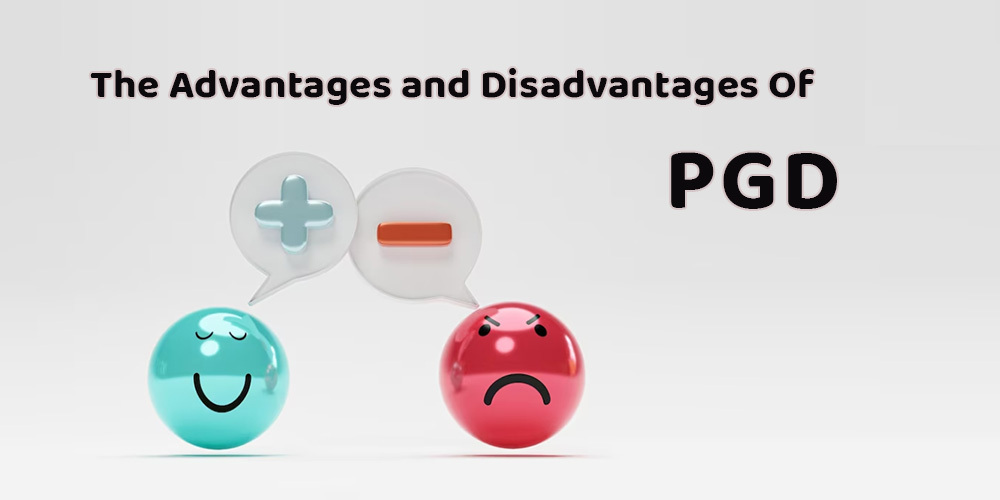Most potential parents who would like to plan their pregnancy are concerned about the overall condition and well-being of their next child, its future, and the pregnancy itself, or if they need to undergo any genetic disorder diagnostic testing, which one they should go for and what would be the pros and cons of that testing. As per the research and studies conducted on PGD testing, the majority of couples are tempted to undergo PGD to diagnose genetic disorders if available, thus, they are concerned about the pros and cons of PGD in particular. As a result, they are looking for better opportunities and ways to prevent passing on genetic disorders to their offspring. There are different ways of genetic diagnosis and screenings to avoid chromosomal abnormalities and passing on genetic disorders to offspring, such as pre-implantation genetic diagnosis (PGD) and pre-implantation genetic testing for aneuploidy (PGT-A) which is also known as pre-implantation genetic screening (PGS). Besides, there are other diagnostic tests that, analyze and detect chromosomal abnormality and genetic disorders but cannot prevent them. These testing are only able to advise the parents to decide whether the embryo or fetus should be maintained or aborted, such as amniocentesis, chorionic villus tests, and other non-invasive prenatal testing (NIPT), these aforementioned tests are different from each other in application, performance, methodologies, costs, and results. The majority of potential parents choose pre-implantation genetic diagnosis (PGD) to avoid passing on genetic disorders to the next child, therefore, they are curious to know about the advantages and disadvantages of the PGD procedure. It’s worth mentioning that, every treatment has its pros and cons, thus, TEBMED Tourism is providing potential parents with in-depth information about the advantages and disadvantages of pre-implantation diagnosis (PGD) procedures to familiarize them with the treatment process, treatment planning, and how to better facilitate their overall treatment here in Iran.



Comments & Questions